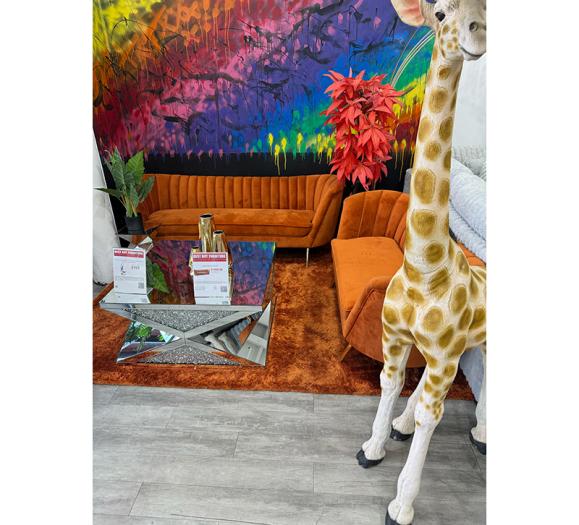It’s no secret that everyone is price-comparing when they’re shopping, especially when it comes to bigger investments like home furnishings. You may be resigned to the inevitability of your customers shopping your inventory on Wayfair — but what if we told you there’s a way to avoid this? Retailers like home goods store Jayson Home in Chicago are successfully evading price-comparison shoppers and strengthening their brand by renaming products, creating their own SKU system and writing their own product descriptions. We talked with Jayson Home and a digital marketing and e-commerce expert to learn more about this strategy and how to make it work for your business. Here’s what we learned.
Getting Started
At Jayson Home, Content and Website Director Debra Galindo says buyers travel the world and work hard to find and curate the products they sell. Their private label-like approach — rebranding all merchandise sold online and in-store under the Jayson Home name rather than the manufacturer — allows the company to make the products their own in a unique way.
Depending on the item, staff on the showroom floor will tell customers more details on the manufacturer when asked, but Galindo says they don’t get many questions.
Joe Mediate, Founder and CEO at internet marketing agency Webociti, cautions that retailers should be strategic about what products they choose to rename, since there’s the potential to lose out on some search results online without big manufacturer names attached.
Whether you want to do things like Jayson and rename all your products or just rename some that you don’t want shopped, make sure you do your research and consider what will appeal to your specific consumers.
Create your own product content
At Jayson Home, Vice President of Merchandising Devin Kirk first names all the products that come in based on anything from their color to where they were sourced. Jayson also creates their own SKU system for internal purposes.
When creating product pages, they never copy and paste descriptions from manufacturers — which Mediate says is crucial. Not only is using manufacturer descriptions verbatim bad for SEO — Google rewards unique content — but it might make it easier to find the product elsewhere online.
Writing your own descriptions also offers an opportunity to sell the products in your own voice. Jayson Home’s staff copywriter writes all the descriptions, taking care to highlight any product specs like dimensions and materials along with telling the story of the product and helping the reader envision it in their home.
If you can, shooting your own product photography can take your product pages to the next level. Jayson Home does all its product photography in-house, shooting multiple angles along with styled shots so viewers can picture how the item might work in a space.
“We really try to be very consistent with how we photograph, meaning every candle is photographed in the same way and every chair is photographed in the same way,” Galindo says, “so as you’re scrolling through products and the different categories and pages, you’re seeing a very consistent look to the whole website.”
Mediate says regardless, you need to make sure you have at least three to four photos for each product, with close-ups of key features or at least the ability to zoom in on an image.
Ultimately, it’s important to have robust product pages with unique, SEO-optimized content, regardless of if you choose to include manufacturer information or not. For retailers looking to strengthen their brand while thwarting savvy price comparers, taking a page out of Jayson’s book can be worth the effort.
Product Page Tips
Dave Feinleib, Founder and CEO of e-commerce company Content Analytics offers some tips for optimizing your product pages.
- Customer reviews can elevate your product pages. “Shoppers often want to know what other people thought of an item before they make a purchase.”
- “Social sharing buttons, especially for furniture and other lifestyle items can be very effective. They let people easily share images on Pinterest and other social sites.” This is ultimately free marketing and can be especially helpful for designers who want to pin products or send them to clients.
- Use keywords in your descriptions. “By populating your descriptions with relevant keywords, you can help search engines know what searches your product pages are most relevant for and help shoppers find your products more easily as a result.”
- Don’t be afraid to switch things up. “When designing your product pages or revamping your site, don’t feel that you’re locked into a single major redesign. Launch, test, iterate and then do that again until you find the formula that works.”







